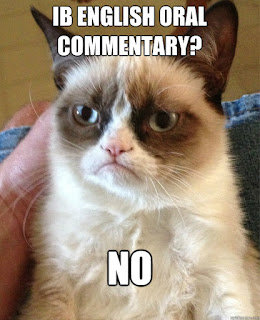Wing Young Huie and Atwood
This picture was take by Wing Young Huie in South Minneapolis,MN. In this black and white picture we see a Hispanic/Latino man sitting at the 38th & Chicago Bus Stop bus stop.Based on the hashtags, it states that is '#Ecuadorian' and '#teen'. He is holding a sign that reads "Equality for the undocumented" in chalk. You can tell that the emotions on his face are that of sadness. It can be inferred that his sad expression is a result of being alienated from society due to his legal status.
By looking at the image it is really portraying the negative side effects of alienating a group of people, in this case this group are undocumented immigrants. They are put to the outskirts of society and abandoned based on their legal status. I believe that he is trying to raise awareness against the “othering” of the undocumented. He believes that something is wrong and that things must be done against it because this alienation has had horrible impacts on the undocumented.
In this image Wing Young Huie presents "othering" through his use of color. He uses gray- scale in order to depict the sad mood of being kicked out from the rest of society. This is accompanied by the layout of the image wherein the boy sits all alone holding the sign "Equality for the undocumented" , this implies that there is currently no equality for the undocumented and the depressing impacts it has on people that are in the same situation as the boy pictured. This is very similar to how Atwood represents "othering"
In The Handmaid's Tale by Margaret Atwood also presents "othering" through her use of color. All of the women within the Gilead society are represented through their outfit colors, this causes separation by class/color and many of the Handmaids are disliked by the rest of society due to their status. The colors uses within The Handmaid’s Tale helps to divide the women, and allow alienation to happen.
These two texts aim to show their audiences the negative impacts that "othering" has on those that are being alienated. Atwood does this through her exaggeration of othering in her novel. While Huie does this by his use of composition (framing, color), as well as the subjects that he has chosen to portray within his images.



I think that your thoughts on color here are very interesting, and I think you can compare and contrast Atwood's use and Huie's use of color. Atwood uses color in clothing to separate women between their roles. Huie uses color, or a lack of color, to separate the man from society because the color can reflect his sadness and also how he may be overlooked by society (lack of color shows this because there is nothing bright and colorful, so the picture can be overlooked).
ReplyDeleteI also think it is important how he is the only person in the picture, further separating him from society. There is a pole in the picture that I think could have been used to separate the man from the rest of the word, because he seems all alone on the right side, but the left side is opened to everyone else.
The picture you chose was really interesting and provoked a lot of deep thought. You addressed the (or the lack of) color, which I found to be really cool because it plays such an integral part in the picture. I like the message you discussed in the picture with the sign, and I like how you addressed the sign itself as it's the focus of the picture. The picture itself was really powerful because of how almost depressing it feels. Your comparisons between The Handmaid's Tale made so much sense, and it helped to show off aspects of both the picture and the novel. One thing I personally loved was how you incorporated the boy's emotions into your analysis of the picture. The aspects you identified were important and helped to show another method of viewing the picture.
ReplyDeleteI really liked how you used his facial features and the emotion he portrayed as a way to support the alienation of a specific group, because I definitely agree. His chalk sign allows you to kind of guess at the situation that he's in, and his face says it all. Your analysis of the handmaids wearing different colors to show the separation of groups of people in comparison with the boy in the picture was an interesting way to see things. It's interesting how you mentioned him being alone, because, similar to Offred, they both are having to face their situations of othering alone.
ReplyDelete